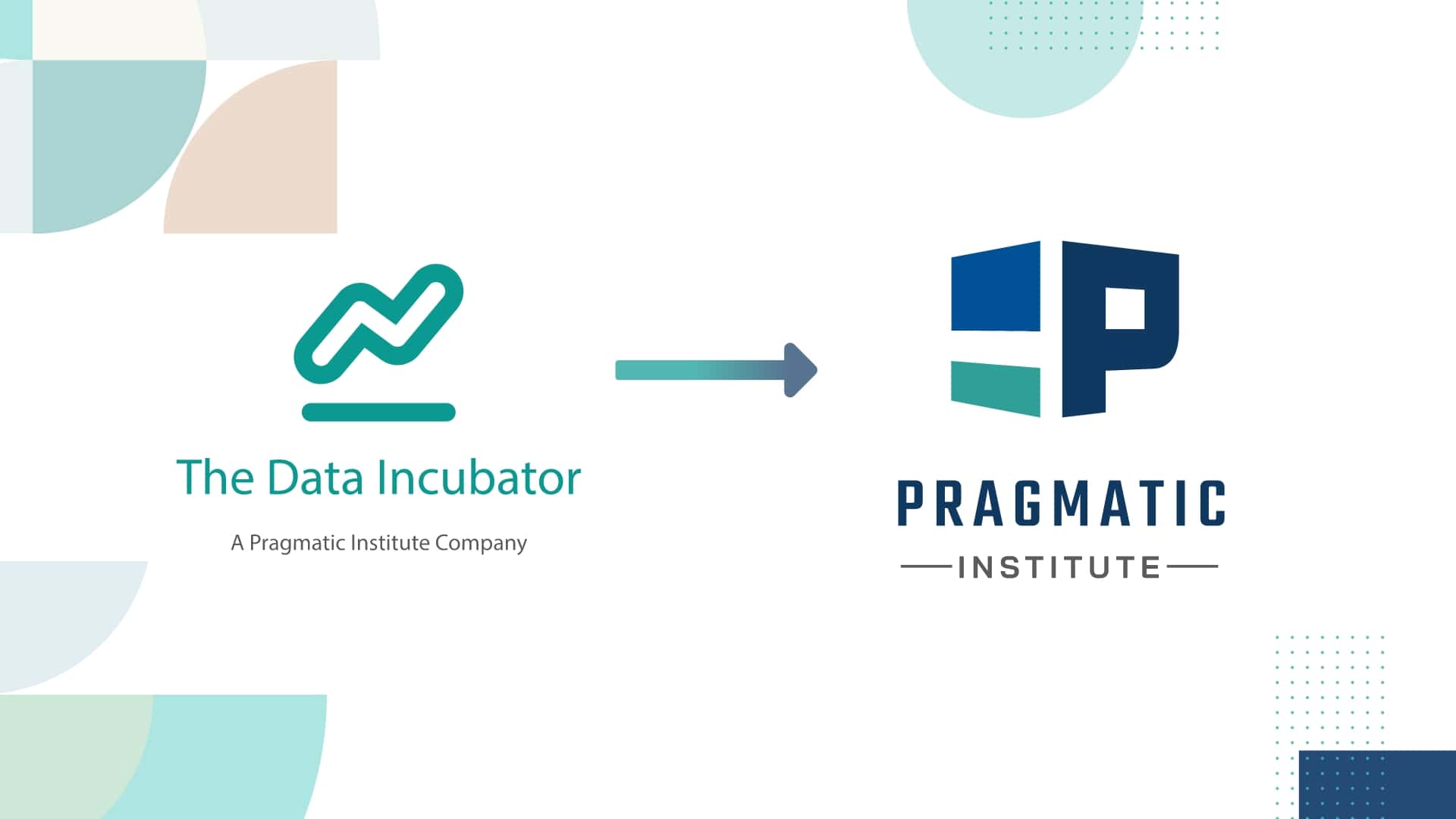Even in a world full of data, business decisions often still rely on instinct and emotions. However, when it comes to business, considering all external factors before making a move is essential. This is where data-driven decision-making steps onto the stage.
Data-driven decision-making is a strategic business approach that leverages factual data and insights to align with organizational goals, strategies and initiatives. Making informed decisions based on data significantly increases the likelihood of achieving success.
In this comprehensive guide, we delve into the techniques to prioritize data-driven projects effectively, enriched with case studies that exemplify the power of successfully prioritizing data projects.
Prioritizing Data Projects with Business Aspirations
Imagine investing in projects only to realize they don’t sync with your strategic objectives, leading to wasted time and resources. To prevent this, effective project management is paramount. It involves charting a long-term vision and creating specific, measurable tasks to realize that vision. Once the objectives are crystal clear, it’s crucial to ensure that resources, tools and processes align with them.
Let’s consider a well-known brand, Excellus BlueCross BlueShield. They struggled with visibility into their resource capacity due to inaccurate data, which led to suboptimal project choices. The introduction of portfolio and resource management improved their data quality. As a result, they reported a 99% timesheet submission rate, and senior leadership gained better visibility into portfolios for compliance assurance.
The Power of Key Performance Indicators
Closely monitoring your key performance indicators (KPIs) and checking them regularly is pivotal. This entails weekly, monthly or quarterly reviews of charts, graphs and summary data. By doing this, you can drive your business or department towards achieving sustainable profits.
Choosing the Right KPIs for Your Data Projects
Defining which KPIs are vital for your business involves a clear understanding of your goals and avoiding the trap of vanity metrics. Here’s a tip: concentrate on no more than 3-5 company goals within a 12-month period.
Consider a support team analyzing trouble tickets. A quantitative KPI might be Time to Resolution. However, if this number exceeds the target, it could indicate inefficiency in resolving customer issues. Adding qualitative data, like customer feedback, might reveal that the team is actually thorough when tackling complex and multi-step problems.
Assessing Data Maturity to Prioritize Projects
A data maturity model outlines the key stages a company must undergo to achieve data maturity. This model includes various elements, each with its specific definition, detailed explanation, and criteria for attainment.
Your company can elevate its data maturity level by understanding its current position on the data maturity journey. This involves asking questions like:
- What is the quality of data in the organization?
- What data roles are present in the company?
- How is data primarily collected within the company?
- What is the significance of data in the overall business strategy?
- Which data analysis tools are used in the organization?
The answers to these questions will help you tailor data-driven decisions better to your situation. [Take our data maturity assessment here to see where your organization falls in the continuum]
Juggling Short-term and Long-term Projects
Balancing short and long-term goals is a perennial challenge. A strategy to overcome this is to link short-term objectives to long-term ones.
In the music streaming industry, Spotify is a standout example of an organization that effectively balances short-term and long-term projects. The company, known for its innovative culture, utilizes data-driven decision-making at the core of its business strategy.
Spotify’s Discover Weekly feature is an excellent example of a short-term project that aligns with the company’s long-term strategy. This project, which offers personalized music recommendations to users each week, was initially launched as a minor feature. However, it quickly gained popularity and became a significant driver of user engagement.
In the short term, the Discover Weekly feature was designed to improve the user experience by providing personalized content. But in the long term, it aligns with Spotify’s broader strategy of using advanced algorithms and data analysis to drive personalization and user engagement.
The success of the feature led to the introduction of other personalized features, such as Daily Mix and Release Radar. These projects demonstrate how Spotify effectively juggles short-term demands (such as user engagement and satisfaction) with long-term goals (such as data-driven personalization and growth).
To balance these short-term and long-term initiatives, Spotify collects data about user behavior, which helps to inform decisions and prioritize projects. They have a dedicated data analytics team that works closely with other departments to ensure that short-term projects serve as stepping stones toward the company’s long-term vision.
This approach has helped Spotify remain competitive in the ever-evolving content streaming industry.
Change Management and Organizational Adaptation
Change management is a necessary process to stay ahead of the innovation curve. When transitioning towards more data-driven decision-making in your organization, consider these five steps:
- Understand your company’s vision: Align all decisions with your organization’s future aspirations.
- Find data sources: Collect relevant data from a diverse range of sources to meet your analytical needs.
- Organize your data: Use an executive dashboard or other visualization tools to organize your data for better analysis.
- Perform data analysis: Extract actionable insights from your data through comprehensive analysis, incorporating user research as necessary.
- Draw Conclusions: Formulate data-backed conclusions to guide your business decisions.
Successful change management also involves fostering a data-driven culture in your organization. Invest in your people, making your data employees an integral part of the idea creation and business process. Build a thriving data community within your organization, focusing on active engagement and learning.
Furthermore, investing in a self-service data platform can ensure that all collected data can be effectively utilized for making business decisions and driving valuable insights. Encourage top-down communication and inclusivity to prevent misinformation and bias. Finally, establish a single source of truth, ensuring every worker in the organization aligns with the company’s goals and vision.
Measuring Change Management Success
View employees as internal customers to measure the success of change management. Assess the employee journey before, during and after implementing a change and define outside-in metrics to track progress.
Evaluating Project Success and Continuous Improvement
Establish metrics and monitoring systems for tracking project performance. By defining clear, measurable metrics, project managers can monitor progress, identify potential issues early on and take corrective actions to keep the project on track.
This evaluation process is crucial to adapt and refine the project prioritization process, ensuring that the organization’s resources are allocated to the most valuable projects. In addition, a commitment to continuous improvement is vital in maintaining a competitive edge in today’s fast-paced business environment. Organizations committed to this principle are always seeking ways to enhance their processes, products and services to better meet customer needs and stay ahead of competitors.
Conclusion
Data practitioners and business leaders should prioritize data projects based on their potential impact on the organization and available resources. Moreover, a willingness to adapt as they monitor and adjust resource allocation is critical. Encouraging a culture of ongoing learning and adaptation in a data-driven organization can help ensure that the organization remains agile and responsive to evolving needs and priorities.
Want to Learn How to Better Use Data to Solve Business Problems?
If you are ready to gain insights you can act on and solve business problems with data—all while building a data-driven culture at your organization—sign up for Data Science for Business Leaders.
Learn how to harness the power of data and collaborate with data professionals to uncover business value, drive decision making and solve problems.
Author
-

The Pragmatic Editorial Team comprises a diverse team of writers, researchers, and subject matter experts. We are trained to share Pragmatic Institute’s insights and useful information to guide product, data, and design professionals on their career development journeys. Pragmatic Institute is the global leader in Product, Data, and Design training and certification programs for working professionals. Since 1993, we’ve issued over 250,000 product management and product marketing certifications to professionals at companies around the globe. For questions or inquiries, please contact [email protected].








